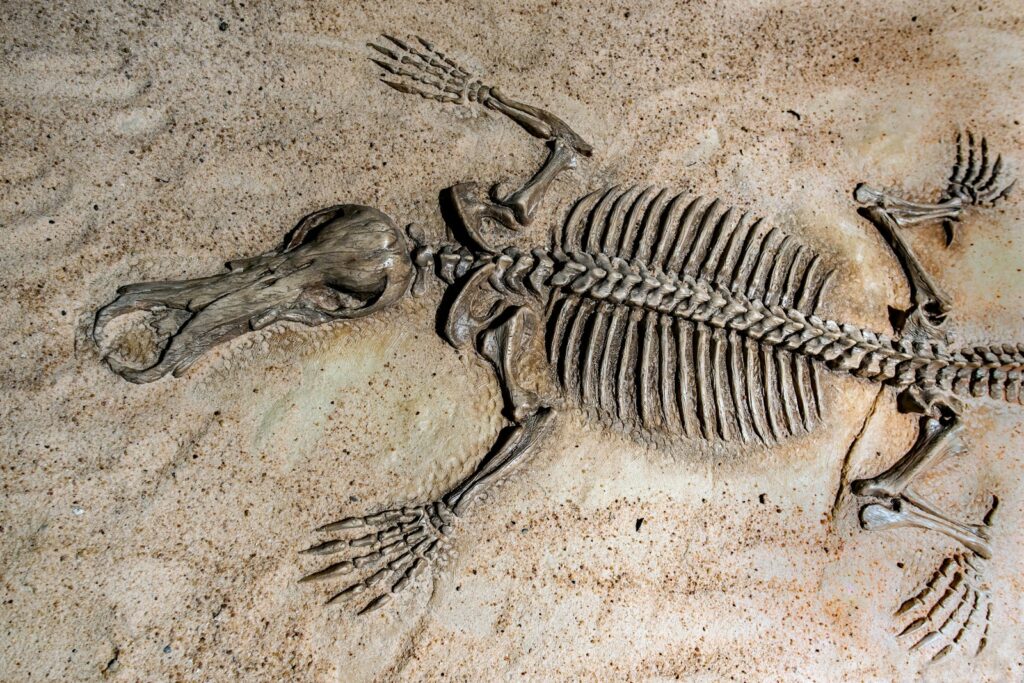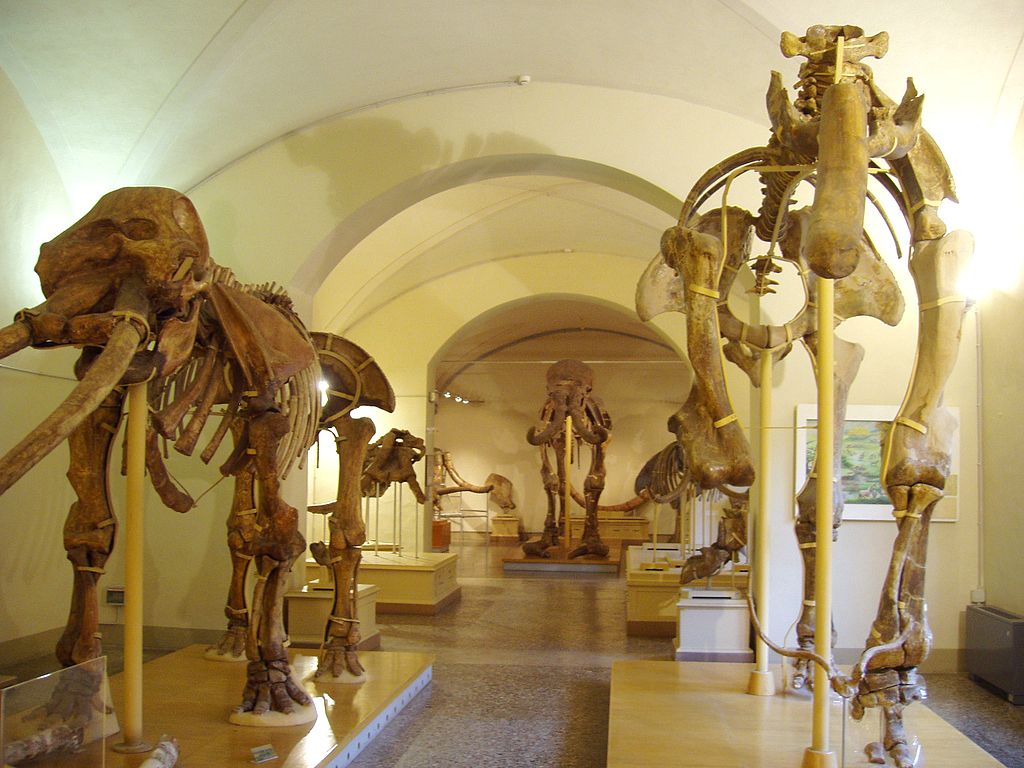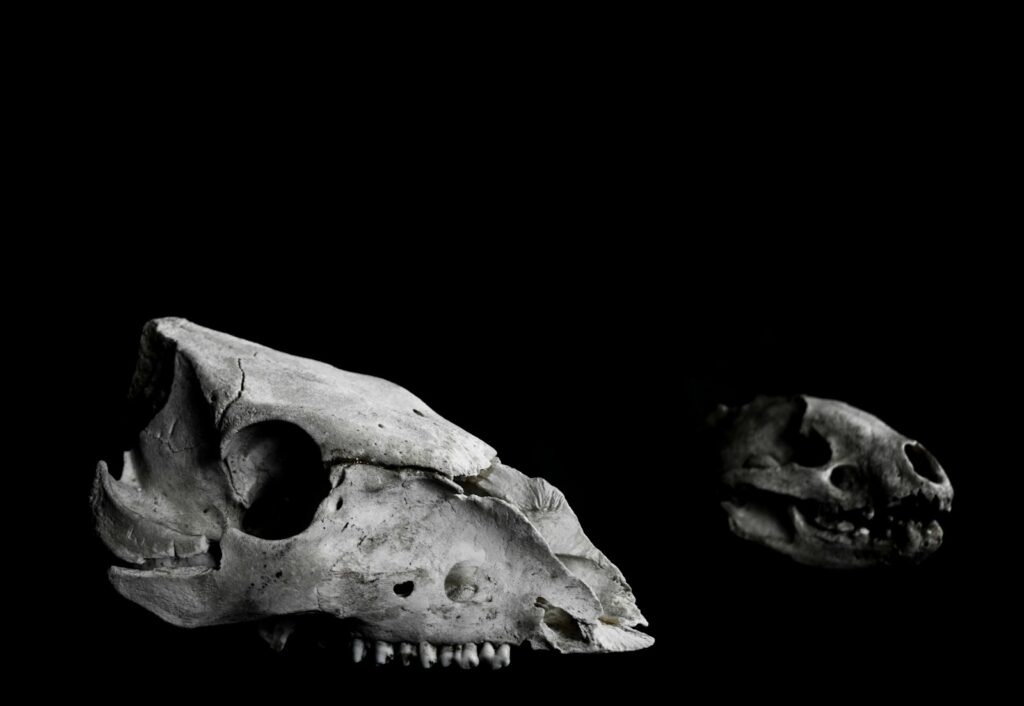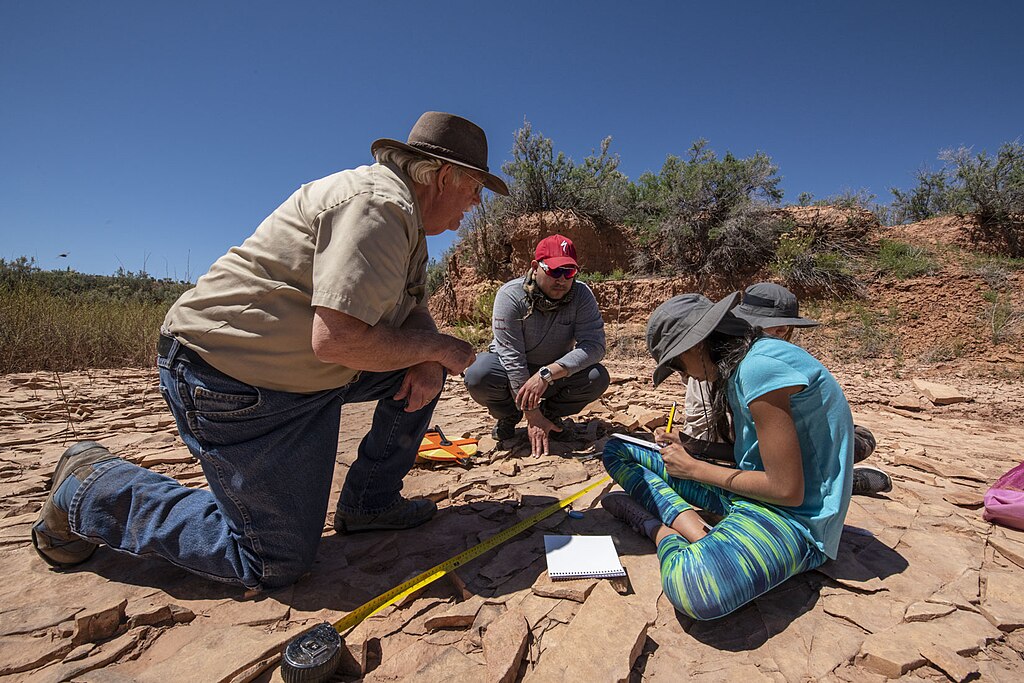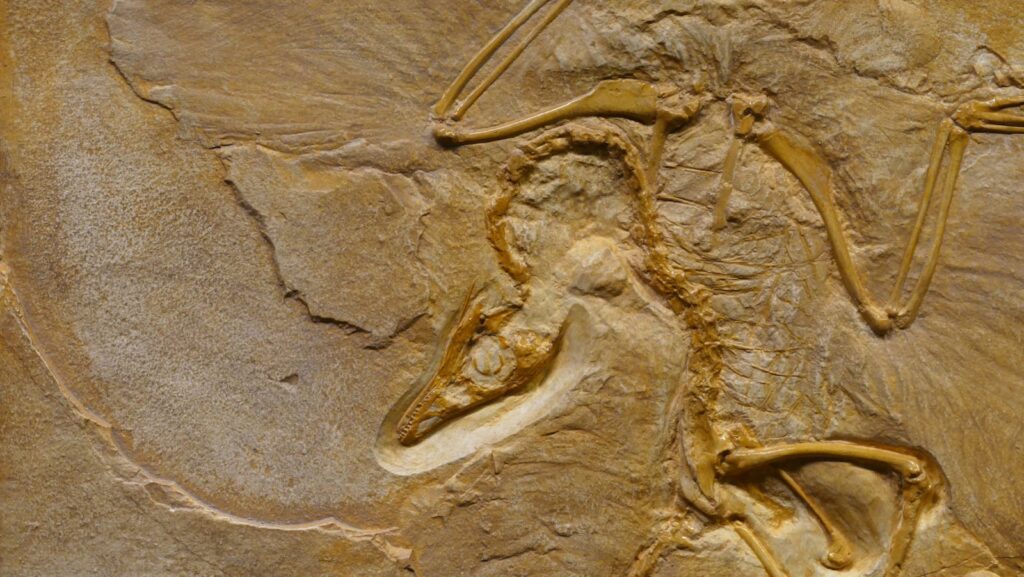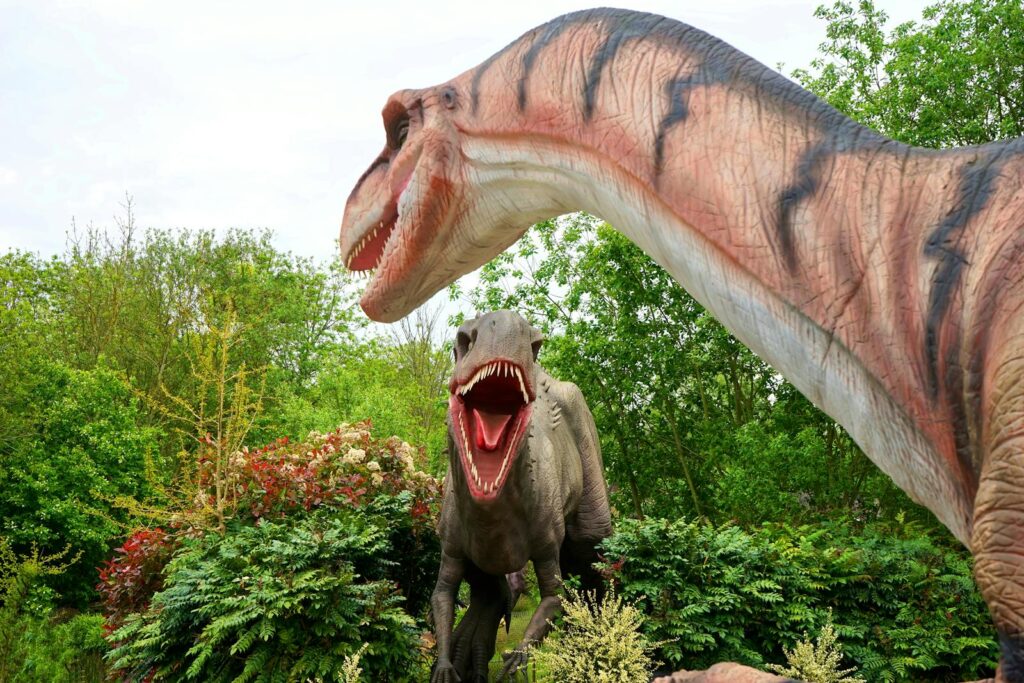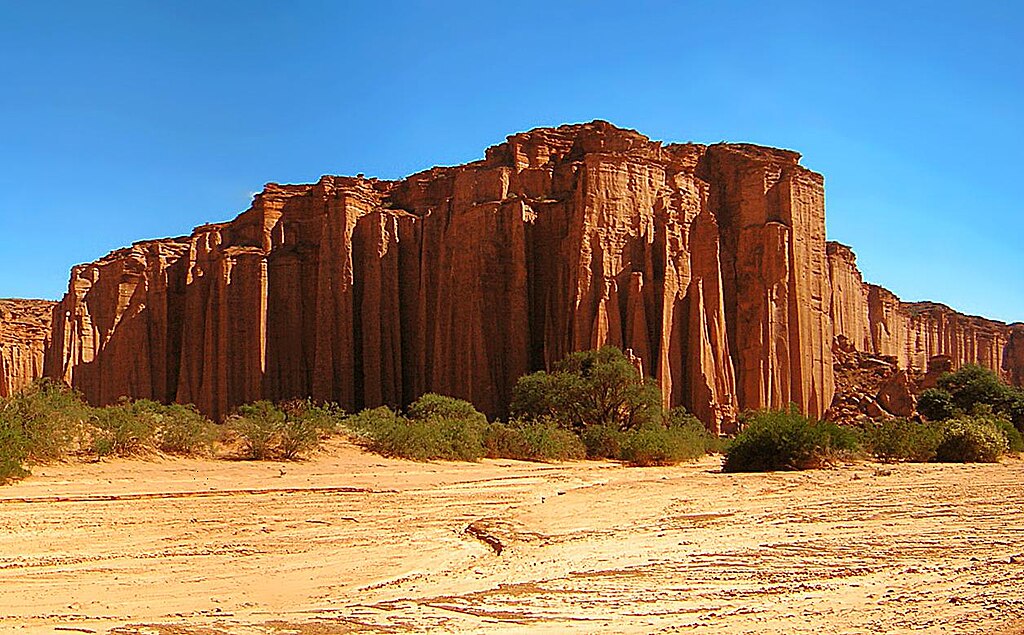What Happens After a Fossil Is Discovered?
The discovery of a fossil marks just the beginning of an extensive scientific journey. When paleontologists or fortunate amateurs stumble upon these ancient remnants, they initiate a meticulous process that can span months or even years before the specimen’s secrets are fully revealed. These prehistoric treasures provide crucial glimpses into Earth’s distant past, helping scientists ...

